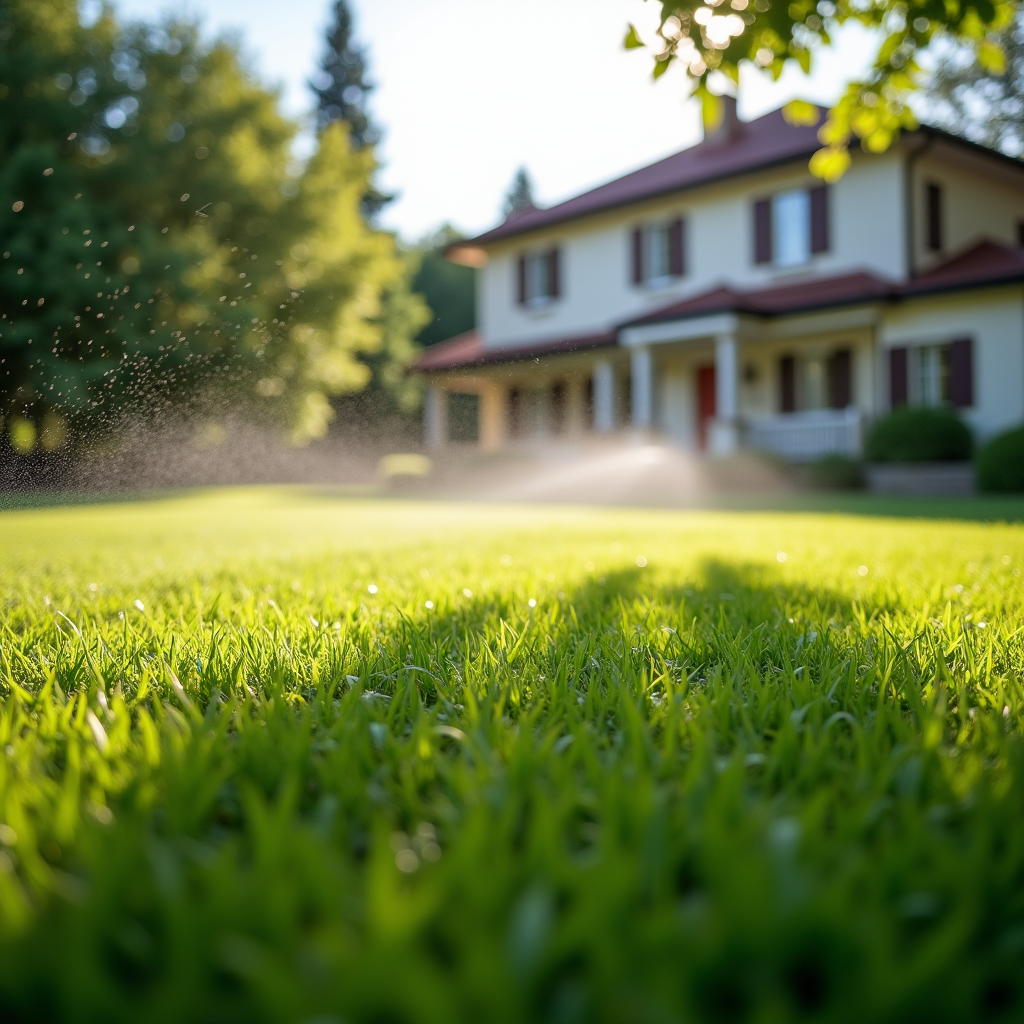Introduction
Gardening is an art, a science, and for many, a therapeutic escape from the hustle and bustle of everyday life. While flowers, plants, and shrubs often steal the limelight in landscape design, one element frequently overlooked is https://www.ramirezlandl.com/about the humble log or stump. These natural materials offer incredible potential when it comes to enhancing your garden's aesthetic appeal and functionality. In this article, we’ll delve into creative ways to use logs and stumps in your garden that not only improve landscape design but also bring a rustic charm that’s hard to beat.
Understanding Landscape Design
What is Landscape Design?
Landscape design refers to the art of arranging elements within outdoor spaces for beauty, functionality, and sustainability. This includes planning landforms, vegetation types, pathways, water features, and even furniture. When you think about your garden's layout or style—whether it be modern minimalist or country cozy—landscape design principles come into play.
Why Incorporate Logs and Stumps?
Logs and stumps can serve multiple purposes in landscape design:
- Natural Aesthetics: They blend seamlessly with nature. Ecological Benefits: Provide habitats for insects and other wildlife. Functional Uses: Can act as seating or unique planters.
Incorporating logs and stumps into your landscape design in North Carolina can add both character and practicality.
Creative Ways to Use Logs and Stumps in Your Garden
1. Garden Seating: Nature's Benches
Who needs plastic lawn chairs when you can have rustic log benches?
- Placement Ideas: Position them near flower beds or under shady trees for a serene spot to relax. Maintenance Tips: Treat logs with wood preservatives to prevent rot.
2. Planter Boxes: Transforming Waste into Beauty
Why throw away those old tree stumps? Instead, turn them into stunning planter boxes!
- How-To Guide: Hollow out the top of the stump using a chisel. Fill it with quality soil before planting colorful annuals.
3. Pathway Borders: Define Your Walkways
Using logs as borders can create visual interest along garden paths.
- Installation Tips: Lay them flat on their side for a more casual look or stand them upright for a more formal appearance.
4. Raised Garden Beds: Elevated Gardening
Logs can be cleverly arranged to form raised garden beds.
- Benefits: Improved drainage. Easier access for planting.
5. Wildlife Habitat: Create a Bug Hotel
Logs provide shelter for beneficial insects that help pollinate flowers.
- Implementation Steps: Stack small logs together in various orientations. Leave sections hollowed out for insects like bees.
Creating Visual Interest with Logs
6. Stump Sculptures: Artistry in Wood
Turn your tree stumps into sculptures!
- Consider carving designs or painting them bright colors for added flair.
7. Fire Pit Surrounds: Natural Gathering Spaces
Utilize logs as seating around your fire pit area.
- This creates an inviting atmosphere perfect for chilly nights spent outdoors with friends.
Fun Projects Using Logs and Stumps
8. Kids’ Play Area: Natural Playground Equipment
Logs can be transformed into fun climbing structures or balance beams for children.
- Safety Note: Ensure they are securely anchored to prevent accidents!
9. Log Bridges: Connect Different Areas of Your Garden
Create whimsical bridges across streams or pathways using sturdy logs.

- It adds adventure while also being functional!
10. Decorative Mulch Alternatives
Chop up smaller branches into mulch-sized pieces to use around your garden plants instead of traditional mulch options.
Innovative Landscaping Techniques with Logs
11. Stepping Stones Made Easy
Use circular cuts from logs as stepping stones leading through your garden path!
- Ensure they're level so they’re safe underfoot.
12. Sculptural Focal Points: Make Your Garden Unique
Place larger logs strategically in your garden as focal points; they can serve as natural art pieces that draw attention away from bland areas of grass.
Seasonal Uses of Logs and Stumps in Your Garden
13. Winter Firewood Storage Solutions
Stack remaining firewood neatly on top of unused stumps during winter months; it saves space while keeping everything organized!
14. Spring Planting Preparations
As the weather warms up, use hollowed-out stumps filled with potting soil to start seedlings indoors before transferring them outside later on!
FAQs About Using Logs and Stumps
Q1: How do I select the right logs or stumps?
A1: Look for wood that’s free from rot; solid pieces will ensure durability over time.
Q2: Do I need any special tools?
A2: Basic hand tools like chisels or saws will suffice depending on what project you choose!
Q3: How can I prevent pests?
A3: Treat wood with insect repellent solutions before placing it outdoors; this helps extend its life significantly!
Q4: Are there specific designs recommended in North Carolina?
A4: Embrace native plants paired alongside rustic wood features; this blends beautifully within NC landscapes due to local flora diversity!
Q5: Can I paint my logs/stumps?
A5: Absolutely! Non-toxic exterior paints work well; just make sure they’re suitable for outdoor conditions so they don’t fade quickly over time!
Q6: What about maintenance after installation?
A6: Regularly check stability levels while also ensuring excess moisture isn’t causing rot issues; preventative measures go a long way towards longevity!
Conclusion
In summary, integrating logs and stumps into your garden offers endless possibilities for creativity while enhancing beauty without breaking the bank! Not only do these natural elements contribute positively towards sustainable practices by recycling old trees—but they genuinely elevate any landscape design project you undertake! Whether you're looking at creating functional items like benches & planters—or artistic focal points & wildlife habitats—logs & stumps are versatile solutions worth exploring further! So roll up those sleeves because it’s time to get crafty with nature’s gifts right outside our doors!